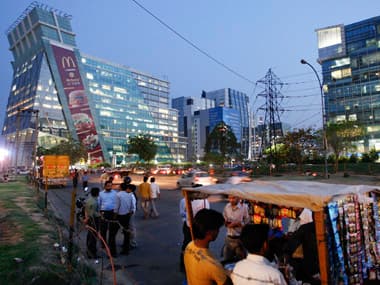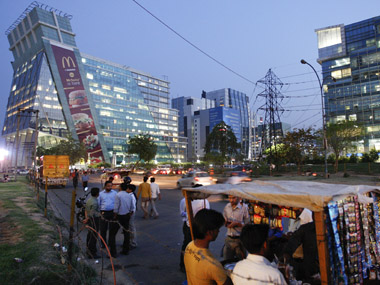Gurgaon, one of the country’s fastest growing cities and a symbol of rising India, is struggling with an unexpected crisis. The satellite town located at the southern outskirt of New Delhi has the least number of girls in the state of Haryana, as per the latest population figures released by the state government. With 854 girls per 1000 boys, Gurgaon district reported the lowest sex ratio in the state, even as it attained a maximum literacy rate of 84.7 percent- belying conventional wisdom that education creates social progress. [caption id=“attachment_871277” align=“alignleft” width=“380”]  Ruth Fremson/The New York Times[/caption] And clearly, neither does development. Gurgaon has been growing at a dizzying speed. The two decade old district houses more than 40 percent of the Fortune 500 companies, according to an Assocham and Deloitte study. Sectors such as IT, automobile manufacturing, banking, textiles and readymade garments have employed more than 4 lakh people in Gurgaon. Between 2008 and June 2012, more than 6,000 acres of commercial space was added to the district, as per a report of Town and Country Planning. . More than a thousand high-rise buildings and around two dozen shopping malls make it one of the most sought after regions for those who can afford it. Although the skewed sex ratio may seem surprising, the reasons for gender disparity are actually woven into the script of Gurgaon’s growth story. There is a strong correlation between increase in income and accessibility to pre sex determination procedures. “Those who don’t have the money don’t go to clinics to know the child’s gender. Therefore, the chances of female foeticide are less in poor districts,” said Mihira Sood, senior lawyer and women’s rights activist. Add to it the reasonably liberal abortion procedures in India, the consequence is an epidemic of female foeticides. “There is no mechanism to verify which woman is going for abortion willingly and who is doing it under duress,” said Sood. Rather than focusing on stringent abortion laws, according to Sood, we should address the reasons because of which girl child is considered a burden in India. “Dowry and inheritance practices are the two primary reasons,” she said. Sociologists say that the district’s gender disparity also is explained by its social demography. A big chunk of Gurgaon’s population comprises of migrant working professionals. They are either unmarried or have their families back in their home towns. “Because of high cost of living and the nature of jobs, male working professionals live alone in shared rooms," said Professor Anand Kumar, sociologist, Jawaharlal Nehru University, Delhi.
With 854 girls per 1000 boys, Gurgaon district reported the lowest sex ratio in the state, even as it attained maximum literacy rate 84.7 per cent- belying conventional wisdom that education creates social progress.
Advertisement
End of Article


)

)
)
)
)
)
)
)
)



